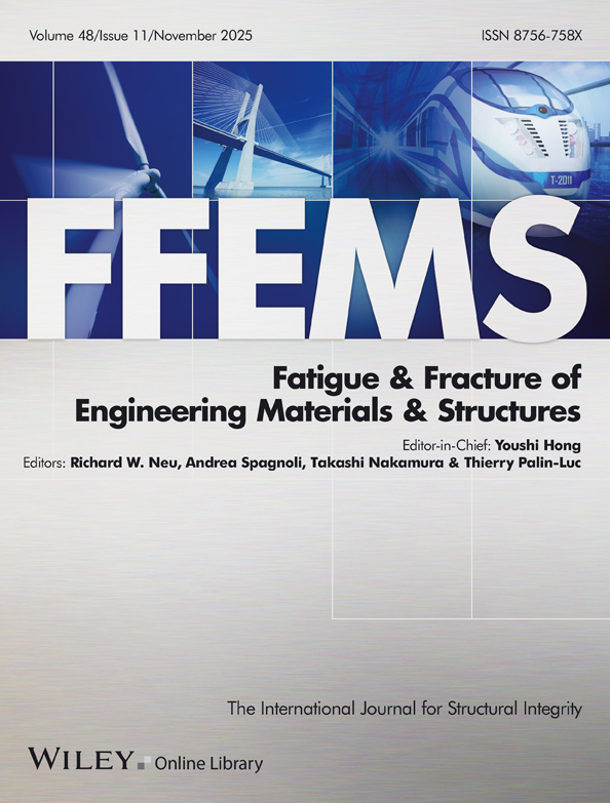
Published at: Fatigue & Fracture of Engineering Materials & Structures
Measuring and Analyzing Defects of Additive Manufactured Ti-6Al-4V Specimens Through Image Segmentation
Abstract
Additive manufacturing (AM) has expanded significantly, particularly in aerospace; however, AM materials often have defects that impair fatigue performance. This study examines the geometry and morphology of critical defects in Ti-6Al-4V specimens produced using three printing quality settings, followed by hot isostatic pressing (HIP) or heat treatment (HT). We present an automated fatigue failure analysis framework using computer vision and AI to identify critical defects, measure surface proximity, and quantify 14 geometric and morphological features. The model achieved a mean IoU of 0.836 and approximately 10% error in feature measurement. Results show that surface proximity is the most influential factor on fatigue life, with near-surface defects degrading performance for HT specimens with lack-of-fusion (LOF) defects. For HIP specimens, failure sources were typically within 0.16-0.6 mm from the surface. Additionally, for LOF defects, the X-parameter model achieved R² = 0.91 with measured cycles to failure.


Measuring and Analyzing Defects of Additive Manufactured Ti-6Al-4V Specimens Through Image Segmentation
Share a link using:
https://www.afeka.ac.il/en/industry-relations/research-authority/measuring-and-analyzing-defects-of-additive-manufactured-ti-6al-4v-specimens-through-image-segmentation/WhatsApp
Facebook
Twitter
Email
https://www.afeka.ac.il/en/industry-relations/research-authority/measuring-and-analyzing-defects-of-additive-manufactured-ti-6al-4v-specimens-through-image-segmentation/